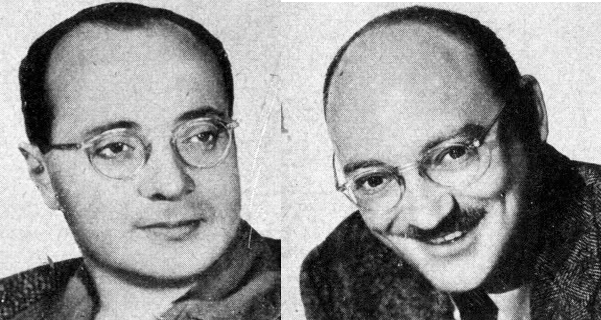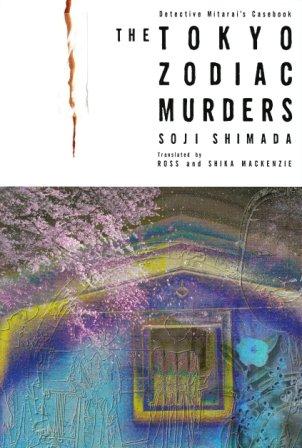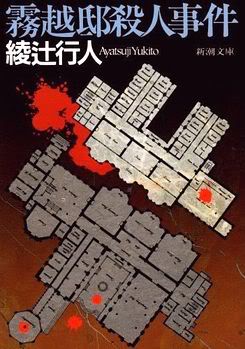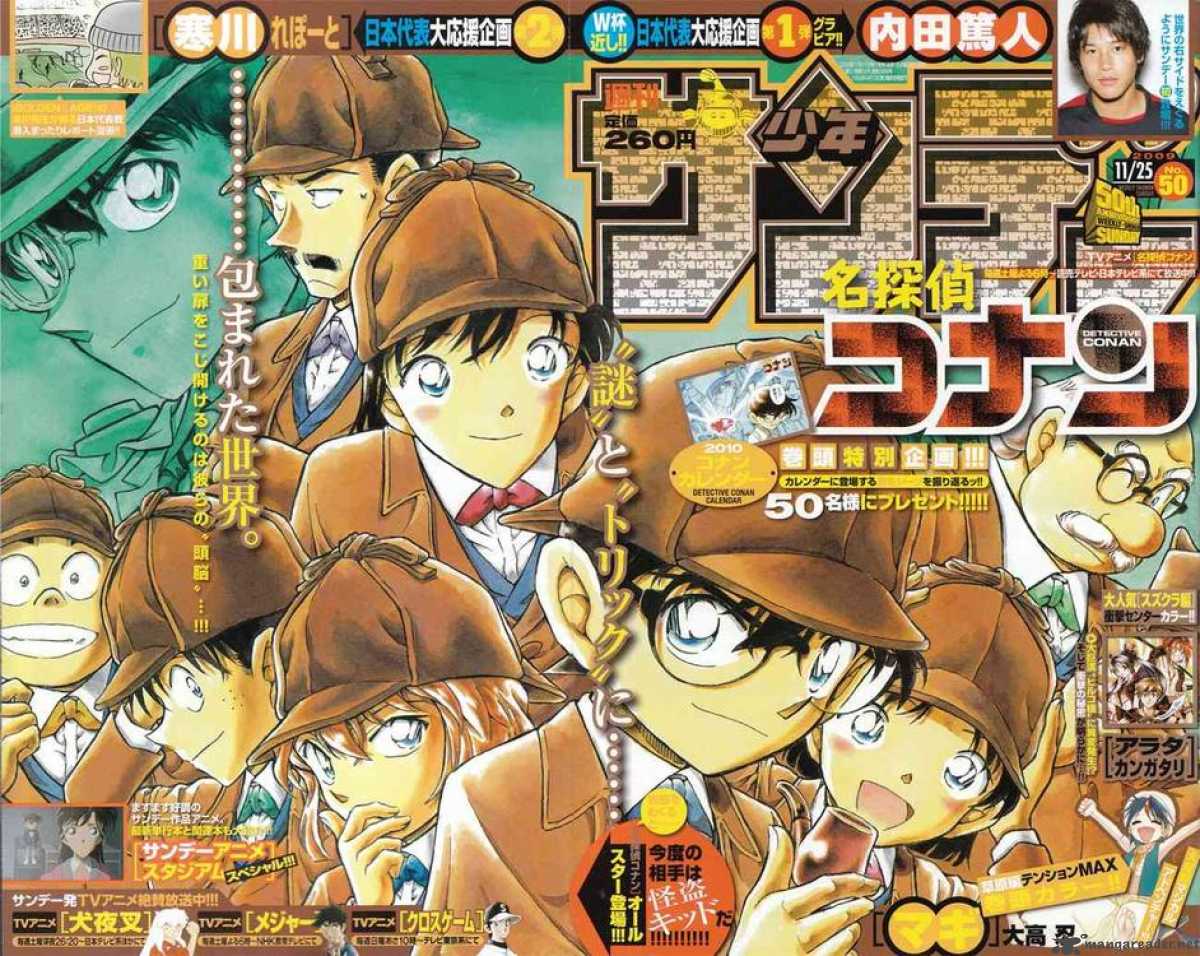
Crime novel critic Kiyoshi Kasai focuses in his books on “orthodox” detective novels, which refer to the Golden Age detective novels in the Christie-Queen-Carr tradition. He identifies three distinct “waves” in the development of the orthodox detective novels in Japan , the first (1920-1940s) being the one represented by Edogawa Rampo, while the second is the post-war period represented by writers like Seishi Yokomizo. That brings us to the third wave, the new-old, or the New Orthodox School.
Seichō Matsumoto's social school, as the dominant style of crime novels in Japan, brought forth a whole slew of subgenres in the 1970s-1980s. One of the most prolific crime writers in Japan is Kyōtarō Nishimura, who specializes in so-called travel mysteries. His novels focus not as much on the classic puzzle plot, nor on social criticism, but rather on using the genre as a kind of travel-guide. His stories travel all over Japan on trains, fun reads with local flavor. Yasuo Uchida has a similar gimmick, with his protagonist Asami Mitsuhiko, a freelance writer, traveling all over Japan while solving mysteries often connected with local legends. Light-hearted mysteries like those written by Jirō Akagawa were also very popular, and his works frequently made the jump to TV.


Other popular writers of the New Orthodox School are Rintarō Norizuki and Alice Arisugawa. Both writers are strongly influenced by Ellery Queen. Both of them have named their protagonists after themselves, like their great example. Both writers often insert a Challenge to the Reader in their stories. As one can derive from his first name, Arisugawa often delves into imagery of Alice in Wonderland, just like Ellery Queen, while Norizuki Rintarō’s characters mimic Ellery Queen almost exactly. In fact, his protagonist is a writer, also called Norizuki Rintarō, who helps his father, a police inspector, mirroring the Ellery Queen – Inspector Queen dynamic. Norizuki’s prize-winning short story “An Urban Legend Puzzle” is a great example of the New Orthodox School. While it features a classic puzzle plot, the incorporation of urban legends is distinctly modern. More recent writers of this type include names like Natsuhiko Kyōgoku and Mori Hiroshi.

While not seen as part of the New Orthodox School, the 1990’s also saw the birth of two of immensely popular Japanese comic, or manga, series. Detective Conan, called Case Closed in the United States, is a comic that basically offers a great detective story every week. The somewhat-supernatural premise of a young, master detective being turned into a little boy might scare off the older reader initially, but writer-artist Gōshō Aoyama proves himself to be a master of the genre, with ingenious plots and puzzles that would entertain any crime fan. The Kindaichi Casefiles features the high school-aged grandson of fictional private detective Kousuke Kindaichi, introduced in the previous post, and features many locked rooms and other classic themes. These two series are still very much part of contemporary Japanese pop-culture, with the Detective Conan animation being broadcast on Japanese television in primetime. Having gone to the movie theaters several times to watch Detective Conan movies in Japan, I saw all layers of society, from children to university students to working adults, gathered together to watch animated mysteries.
What does the future bring? With a whole generation growing up on mystery cartoons, it’s hard to say how the detective novel in Japan will develop. One thing is sure though, it’s going to be a blast seeing what they’ll come up with next.
Authors available in English:
Gōshō Aoyama. Case Closed.
Jirō Akagawa (1985). Three Sisters Investigate. Kodansha International.
Yōzaburō Kanari, Fumiya Satō. The Kindaichi Case Files.
Kyōtarō Nishimura(1990).The Mystery Train Disappears. Dembner Books.
Rintarō Norizuki (2007). “An Urban Legend Puzzle”. In: Passports to Crime (ed. Janet Hutchings).
Sōji Shimada (2004). The Tokyo Zodiac Murders. IBC Publishing.
Yasuo Uchida (1994). The Tokagushi Legend Murders. Tuttle.

This is why I love the Writing the World series of posts. It seems that all over the world people are writing books that I would love, I just don’t know they exist. As a huge Ellery Queen/Agatha Christie fan, I am happy to learn about the New Orthodox School of writers in Japan, and I appreciate the list of books available in English.
very interesting!